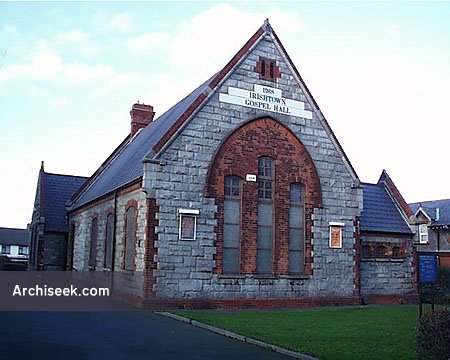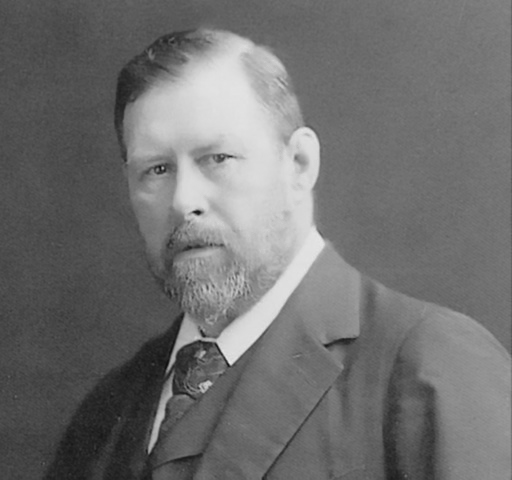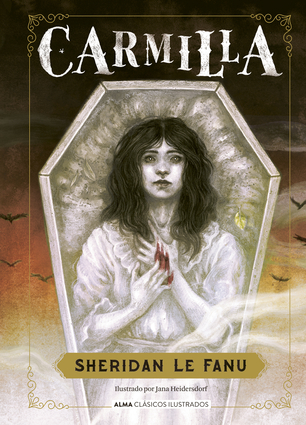The History of St. Matthews' Schools in Irishtown
By Trevor James
In the 18th
century there were no schools in the area, and children in poor areas like Ringsend
and Irishtown would not have received any education. On July 4th 1824, Rev Hugh
McNeile preached a sermon in St Matthew’s church in aid of funds for the
erection of a school for the district on account its “uncivilised state, its
crowded population, the gross ignorance and consequent vice and disorder of so
many unemployed and untaught children and the utter impossibility of giving
them any effectual instruction in morality or religion”. A teacher was advertised for immediately and some
lessons were begun but they had no permanent location.
In 1831, the National
School system began in Ireland. It was
the first state system of elementary education in the English-speaking world. The
intention was “to afford combined literary and moral, and separate religious
instruction, to children of all persuasions, as far as possible, in the same
school”. The first St Matthew’s school
was built in 1832, at a cost of £800, which was defrayed by subscription of the
congregation. The ground had been given
by the Earl of Pembroke and the building, which was beside St Matthew’s Church,
housed a day school, an infant school, a Sunday school, a widow’s alms house, a
dispensary and a shop for supplying the poor with necessities at reduced
prices. These facilities were, as the
chaplain explained, for the “improvement of this poorest and most populous
part of the parish of Donnybrook, inhabited by the families of hundreds who are
employed occasionally by the wealthier citizens of Dublin” and were open to
persons of every religious persuasion. They were initially financed almost entirely
by collections at annual charity sermons in St Matthew’s. The costs were substantial since they covered
the running costs of the school, payment for the attending physician, as well
as providing fuel, books, clothing for the children and medicines for the
dispensary.
This school continued for many years, but it wasn’t till 1904 that a separate schoolhouse for girls was built on the other side of the road (which is now the Irishtown Gospel Hall). The site had been bought by the church and used as a playground for the boys’ school. The architect was James Franklin Fuller who lived in Eglington Road and was the same architect that had been responsible for the rebuilding of the church twenty-five years earlier.
There were three
classrooms, one large one with two smaller rooms off it. Each classroom had a fireplace and the parish
paid for the coal. In the early years,
there were three teachers and this later increased to four because of the large
number of infants, who were both boys and girls. School started at 9.30 and
ended at 2pm for infants and 4pm for older children. The curriculum included reading, grammar, arithmetic,
drawing, science, geography, history, sewing, knitting, singing and cookery for
the 6th class.
By 1944 the
number of boys in the boys’ school had fallen to 44. If it dropped below 40, the school would be
closed so there was an appeal to parishioners to send their children
there. The school was also falling into
poor repair and it is said that the children had to march around the edges of
the upstairs room for fear of collapsing the floors.
By 1951 the
numbers in the girl’s school had also fallen and the decision was taken to
amalgamate the two schools. So, in September 1951, the boys’ school closed and the
boys moved across the road to join the girls. This arrangement was not very satisfactory and
temporary partitions had to be erected to divide the single large classroom and
plans for a new school building were set in motion.
The new school opened in 1959 at Cranfield
Place, which had originally been tennis courts for the parish. It was originally a two teacher school but
expanded when it merged with St Stephen’ NS, Northumberland Road, in 1969. A
three classroom extension was added in 1985. Another extension was added
in 2001 giving the school a new classroom, library, cloakrooms, kitchen and
office. The extension was officially
opened on the 21st of June 2002 by Mr. Ruairi Quinn, the leader of the Labour
Party, who was a local TD and whose children attended the school. The school
continued to grow with further classrooms added and it is now a nine
teacher school.
The old school building at the top of
Church Avenue was in later years burned down and eventually knocked down to widen the corner.

%20(1).png)
















































